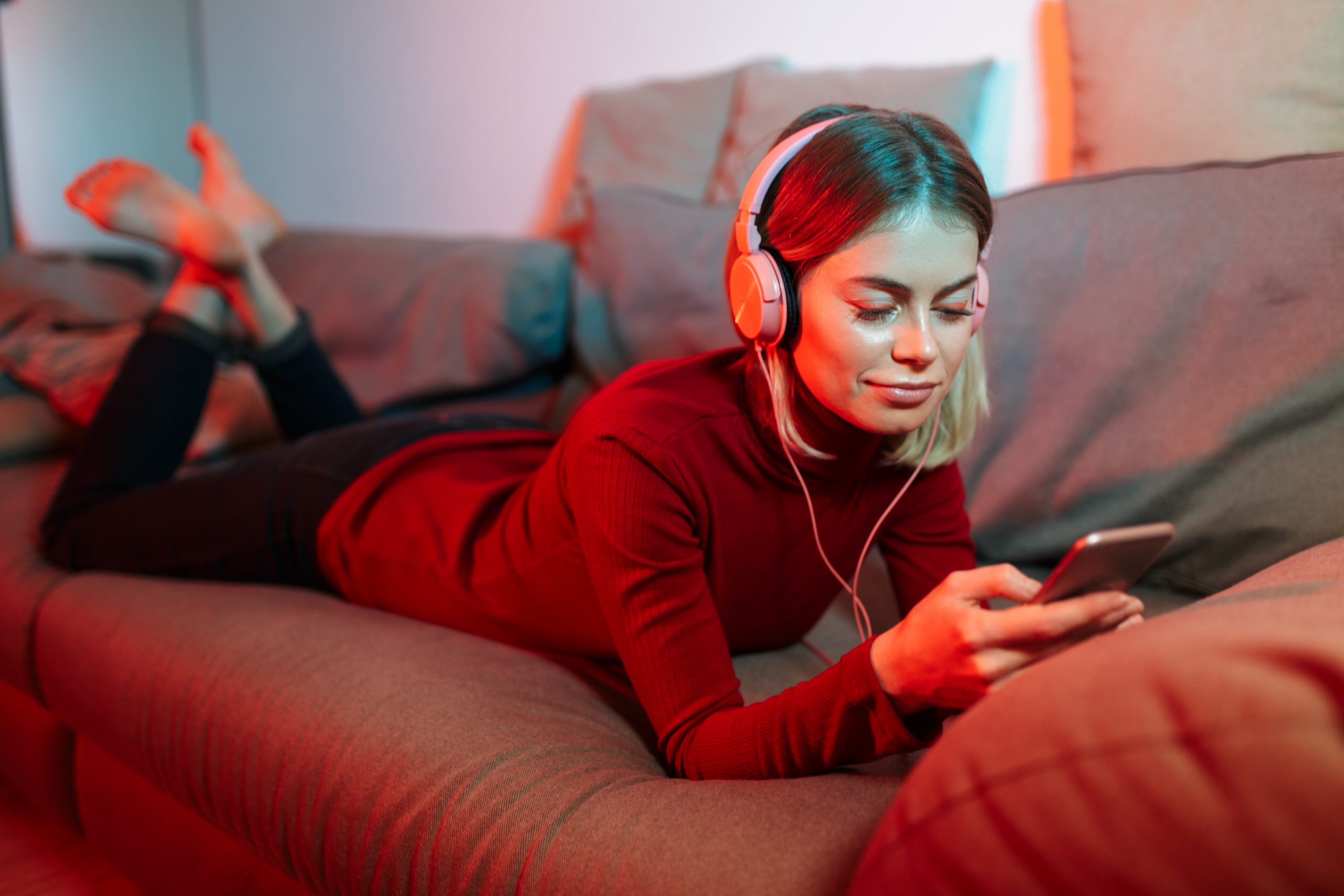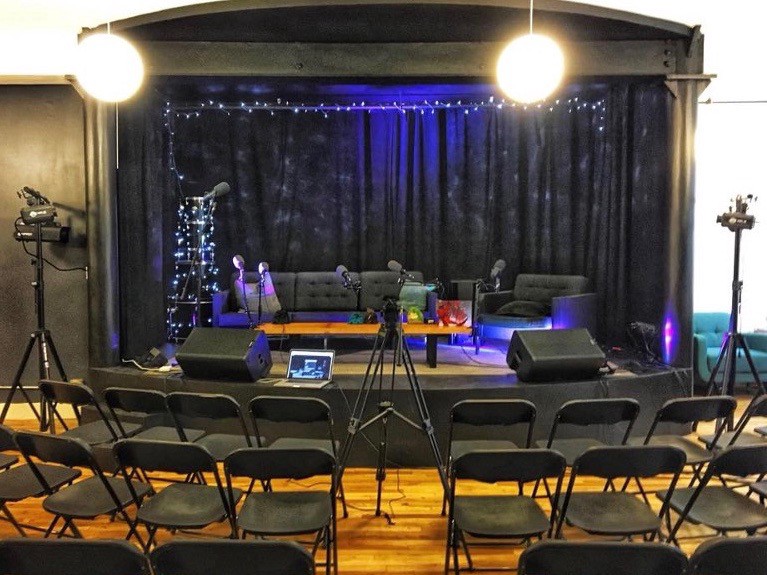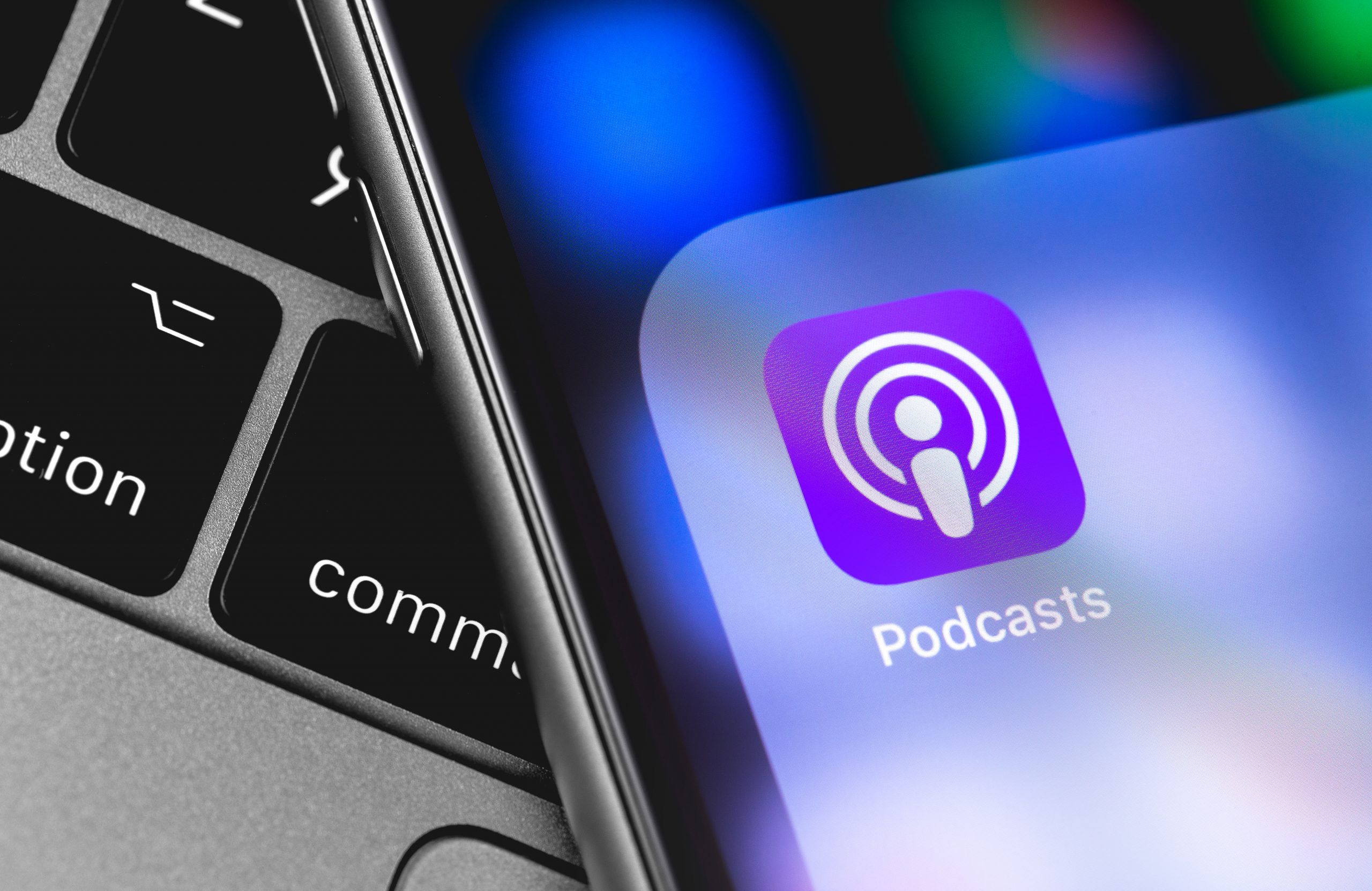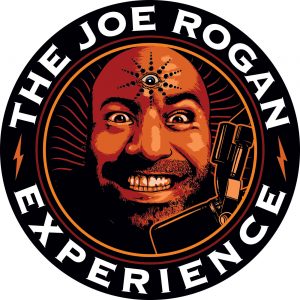The economy may be halted, people may be quarantined, but the podcast world is booming. As millions of people are trapped at home, they are turning to their “friendship simulators” in a time of need. It’s likely that podcast listener-ship will spike in these trying times, let’s look at some of the podcasts that are making the most of the Coronavirus Quarantine.
Coronavirus Daily
NPR has launched a podcast to keep people informed on the expansion of the Coronavirus. Hosted by Kelly McEvers, from Embedded, the show looks to talk about the impact of Coronavirus on society & culture, as well as general health. Coronavirus Daily is expected to have ten minute episodes, and will feature various NPR hosts and contributors.
This show is a perfect way for the NPR-crowd to stay in the loop.
CNN: Coronavirus – Fact or Fiction
Dr. Sanjay Gupta hosts a podcast titled “Coronavirus – Fact or Fiction” in which he breaks down vital information about the spread of COVID-19 into digestible bits. This series is factual and informative, providing a steady and familiar voice in a time of mostly panic.
This podcast would be great for concerned citizens looking for quick facts about COVID-19.
TrueAnon
Liz Franczak and Brace Belden typically host a show in which they wish for the death of various pedophiles and rail against those they perceive to be bad actors in the general discourse. The brand themselves as “the only anti-pedophile podcast” as they conspire about the life of Jeff Epstein. However, this pandemic has pushed them into uncharted waters.
The otherwise irreverent duo plunged into sincerity, warning their listeners (who are normally not inclined to trust the media or politicians), to take this issue seriously. TrueAnon has done multiple Coronavirus episodes, but the most engaging encounter with the topic came in the episode titled “Love in the Time of Corona.”
This podcast would be great for anyone who is considering going to a party or bar, it also could provide some much needed clarity and warmth.
Coronavirus 411
If you’re looking for straight facts, the Coronavirus 411 podcast gives you just that. These episodes are simple little 4-minute chunks made entirely of statistics and tightly packed information. This show is perfect for efficiency freaks looking to get the information as quickly as possible. Coronavirus 411 sources information from the CDC & WHO, making palatable content from a reliable source.
Comedy Bang Bang
This podcast is nothing like the aforementioned shows. Comedy Bang Bang will likely not acknowledge the existence of Coronavirus & that’s something people might need right now. It’s extremely overwhelming to have the entire world focusing on one subject, CBB will provide an escape.
Scott Aukerman has been hosting this Improv podcast for more than a decade, highlighting some of the best improvisers in America being as outrageous as humanly possible. If you’re looking for an escape, Comedy Bang Bang is a safe space.
Stay safe and stay clean.
@Jpeters2100






 Our TOPPODCAST Picks
Our TOPPODCAST Picks  Stay Connected
Stay Connected